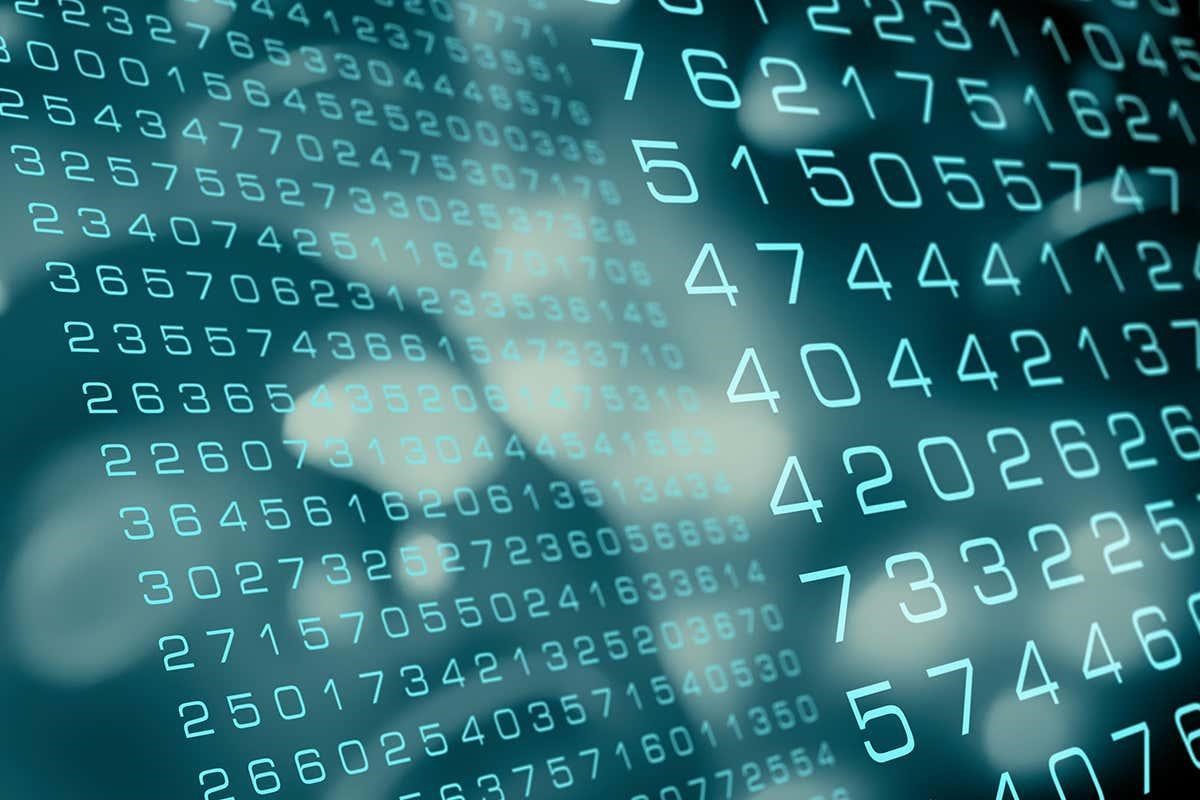AI can search through numbers and equations to find patterns
Artificial intelligence’s ability to sift through large amounts of data is helping us tackle one of the most difficult unsolved problems in mathematics.
Yang-Hui He at City, University of London, and his colleagues are using the help of machine learning to better understand the Birch and Swinnerton-Dyer conjecture. This is one of the seven fiendishly difficult Millennium Prize Problems, each of which has a $1 million reward on offer for the first correct solution.
The conjecture describes solutions to equations known as elliptic curves, equations in the form of y2 = x3 + ax + b, where x and y are variables and a and b are fixed constants.
Elliptic curves were essential in cracking the long-standing Fermat’s last theorem, which was solved by mathematician Andrew Wiles in the 1990s, and are also used in cryptography.
To study the behaviour of elliptic curves, mathematicians also use an equation called the L-series. The conjecture, first stated by mathematicians Bryan Birch and Peter Swinnerton-Dyer in the 1960s, says that if an elliptic curve has an infinite number of solutions, its L-series should equal 0 at certain points.
“It turns out to be a very, very difficult problem to find a set of integer solutions on such equations,” says He, meaning solutions only involving whole numbers. “This is part of the biggest problem in number theory: how do you find integer solutions to polynomials?”
Finding integer solutions or showing that they cannot exist has been crucial. “For example, Fermat’s last theorem is reduced completely to the statement of whether you can find certain properties of elliptic curves,” says He.
He and his colleagues used an AI to analyse close to 2.5 million elliptic curves that had been compiled in a database by John Cremona at the University of Warwick, UK. The rationale was to search the equations to see if any statistical patterns emerged.
Plugging different values into the elliptic curve equation and plotting the results on a graph, the team found that the distribution takes the shape of a cross, which mathematicians hadn’t previously observed. “The distribution of elliptic curves seems to be symmetric from left to right, and up and down,” says He.
“If you spot any interesting patterns, then you can raise a conjecture which may later lead to an important result,” says He. “We now have a new, really powerful thing, which is machine learning and AI, to do this.”
To see whether a theoretical explanation exists for the cross-shaped distribution, He consulted number theorists. “Apparently, nobody knows,” says He.
“Machine learning hasn’t yet been applied very much to problems in pure maths,” says Andrew Booker at the University of Bristol, UK. “Elliptic curves are a natural place to start.”
“Birch and Swinnerton-Dyer made their conjecture based on patterns that they observed in numerical data in the 1960s, and I could imagine applications of machine learning that tried to detect those patterns efficiently,” says Booker, but the approach so far is too simple to turn up any deep patterns, he says.
For more such insights, log into www.international-maths-challenge.com.
*Credit for article given to Donna Lu*


